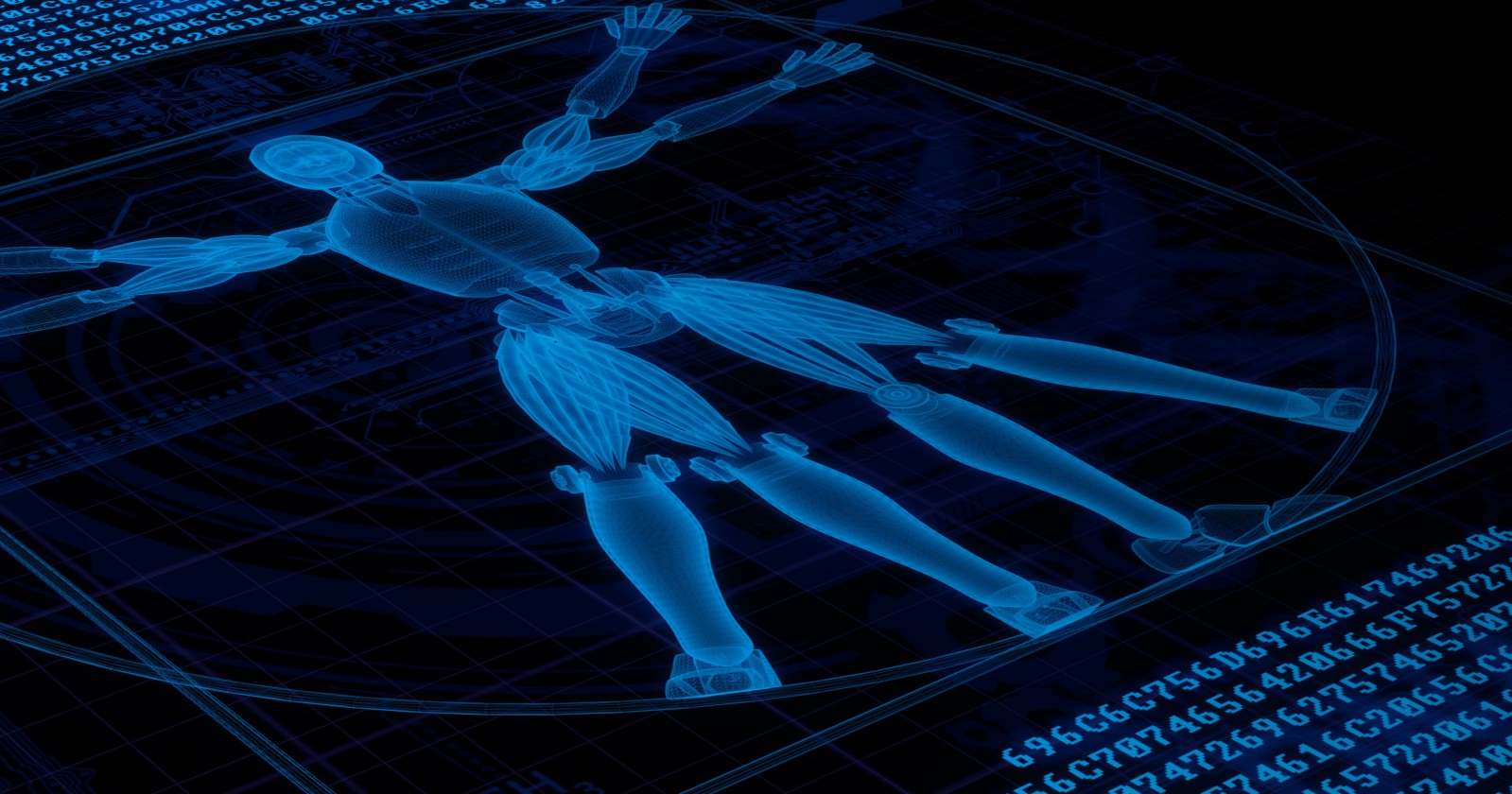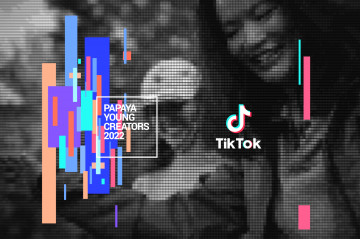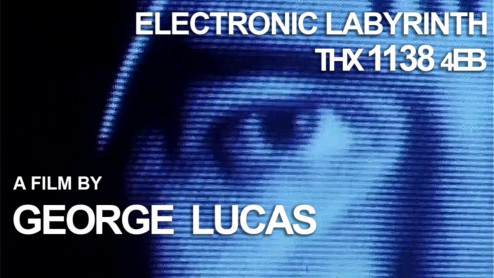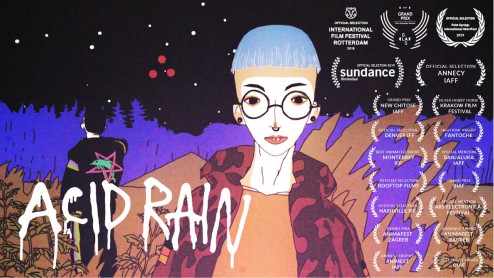
Chris Duffey | AI Enhanced Creativity: Tomorrow’s Creativity is Here Today08.10.2018
Throughout history, the greatest innovators have combined the art of creativity with the logic of science. Just look at Leonardo da Vinci who considered himself just as much of a man of science and technology as an artist. With this in mind, we can perceive Artificial Intelligence in an analogical way – as a convergence of art and science.
Every 10 to 15 years, the world receives a new game-changing technology platform – think what the desktop computing revolution achieved for the democratization of creation and access of information. It was followed by the ubiquity of mobile to help deliver that information, and then the need for cloud storage to make the data easily accessible. Now the Artificial Intelligence, in many ways driven by the gap for a tool, is used to make sense of all this data.
AI is being considered the greatest invention of our generation, an ambient operating system that will light the future forward to deliver subsequent business innovation. AI will innovate the creation of products, services and experiences at scale and will then power automation to increase productivity for these outputs. Innovative businesses have always been focused on creating opportunities for their products and customers – AI is exactly that opportunity.
There's that old saying: “the true sign of intelligence is not knowledge but imagination”. That's a major theme with AI, but even more accurate thesis in relation to AI is that the true sign of intelligence is intelligent imagination. What I mean is that imagination can now be more informed and more tangibly enlightened.
Artificial Intelligence is truly the platform of our time, the medium of the moment. Now is the time for businesses to triple down on the AI value exchange, because we're at a point in which this technology is finally capable of enhancing innovation. If you look across the current cultural landscape you can see that AI is permeating across everything. Hollywood shows and films? In fact, some feature films are not only about AI, but also create trailers with the assistance of AI. You can see the rise of AI voice assistants like Amazon’s Alexa and Apple's voice assistant HomePod. There is the influx of AI technologies such as Mobileye used for autonomous cars, which triggers the passionate and important discussions about ethics and governance of AI. In order to better understand the tremendous opportunity surrounding AI, we must firstly look at the vastly changing and opportunistic marketplace landscape.
Societal Change
This societal transformation we’re living in is unprecedented. Digital is disrupting every single industry and every single person. Content is being consumed across more devices at a faster rate than ever before. People expect their experiences to be personalized, connected and flawless across every touchpoint. Businesses are now realizing the need to shift from a product-centric approach to an experience-focused strategy for both their customers and within their organizations.
Human Experiences
The world is changing because of digital transformation specifically because of the need for frictionless experiences. 71% of consumers say they will choose a product or service over its competitors because of well-designed experiences. Standout experiences have become critical to attracting and retaining customers. Creating amazing content and finding inspiration is key. Powerful experiences change the way we interact, entertain, work and relate to the world and people around us. They alter how we collaborate and engage in social media with our families, friends and co-workers or how we maintain the interactions between one to many, business to consumer, business-to-business, teacher to student, government to citizen or artist to audience. These data-informed experiences allow us to break through the noise and make an impact.
Leveraging Data
Experiences drive innovative business success and are powered by data. By leveraging the power of data, we’re able to help create experiences that matter. 2.5 quintillion bytes of data is now created daily and AI can use much of that data – for instance, to intelligently determine how consumers are interacting with or abandoning the brand. This provides us with the powerful knowledge on what works and what doesn't, leading to future strategies powered by insights, supported by data and brought to life through beautifully created experiences.
However, AI is not about the technology itself, it's about how technology can be leveraged to assist in creating these immersive and unexpected experiences. At Adobe, we like to think about AI by taking the term and flipping it around so it's IA – Intelligent Assistant. With machine learning and deep learning systems, machines are becoming indispensable providing its users with intelligent assistance.
Throughout history, humankind has always tapped into intelligent assistants – an example of this is the racing/messenger pigeon. Growing up, I had a pet pigeon named Roxanne. She was a champion racing pigeon. I say very proudly that she won a number of races and I was always amazed at how she and her fellow racing pigeons could find their way home. If you notice the little white cluster on the beak of a pigeon – it is unusually high in iron. There is a theory that that is their internal compass that creates an electromagnetic field with the Earth. Pigeons are an extraordinary and uncelebrated animal within the animal kingdom. They’re phenomenal creatures that can reach speeds up to 92 mph, they can fly 700 miles home in one day, have eye sight up to 26 miles and have been recorded to fly 7000 miles in 55 days.
In the 18th century BC, pigeons were used regularly by the Greeks to carry messages – particularly the results of the Olympic games to the various city states. As impractical as the use of pigeons to relay messages may sound, consider the alternative. According to Greek legend, it took most of the day for the news of the Persian defeat at Marathon to reach Athens. A mere 26 miles but up until that point the runner would die from exhaustion. However, with the imagination to use a pigeon to deliver the race outcomes it only took a few hours. This is just one example of how humans have tapped into intelligent assistance to become more enhanced. Analogically, the same thing will be done with AI.
The History of AI
Currently, there are essentially three major schools of thought on artificial intelligence. The first is referred to as “Singularity”. The premise here is that at some point humankind and machine will become one. It’s a pretty interesting thought, but plausible in a number of years or never. It’s all an assumption – regardless of the timeframe, there is much debate on what singularity exactly will look like. Then there is the “Friend or Foe” school of thought. We’ve all heard some form of this in the headlines: the perspective here is that at some point artificial intelligence could perceive human intelligence as a competitive threat. On a more practical level, there's a fear that artificial intelligence will take away our jobs. And there’s the the third axis, which we adhere to is that artificial intelligence will “Enhance Creativity”. When speaking about AI as creativity enhancer, it's helpful to reference the analogy of computers and how they were taught and utilized throughout history. Up until the 1980s, teachers in elementary school would first teach about how the computers were created, invented and built. But if we fast-forward to today's teaching methodology, it’s no longer about the technical aspects but rather about putting the computer or the software into action within the school setting – whether it’d be handing out iPads to learn math strategies or using a smartboard for reading. With that in mind, we're at a similar point with artificial intelligence. We don't have to start off with the technical aspects of artificial intelligence, but rather with how and where it can be used and leveraged to solve business problems. A great metaphor is that of the maestro or the composer: they essentially have to know the capabilities of all the instruments within their orchestra, but they don't necessarily have to be able to play each of those instruments or know how the instruments were created or constructed. They do however have to know how to bring all those instruments together to create a masterpiece. That is essentially what we're talking about with artificial intelligence on a business strategy level. People are not interested in the technicalities of AI, but rather what can it achieve and how can AI technology serve people and businesses.
To a certain extent it’s helpful to understand where and how AI came to be. 1956 was the birth of artificial intelligence. It all started with the goal of creating machines that act like humans. In the summer of 1956 researchers at the University of Dartmouth came together to create a machine that acted and thought like a human. This vision for AI was quite advanced, considering the best technology of the time was the mainframe using punching cards.
What happened next was a series of boom and bust cycles. Throughout the years people got very excited but then became disillusioned for a number of reasons. These boom and bust cycles have a name all their own called AI winters. AI winters were taken from nuclear winters which were the concern of the time in the 50s – after a nuclear attack in a certain location, nobody could live there for many years. Analogically, the funding for AI would dry up for a few years after these post-bust cycles.
1966 was AI Winter number one. It was at the height of the Russian Cold War. Russians tried to leverage AI technology to interpret 60 lines of Russian text. That Russian text translated to English came out looking pretty good, but when they went to validate the text back into Russian, they saw that there were so many semantics and variables within the human language that the project was suspended. The first AI winter began.
Jump to 1970 – AI winter number two, called „The Microworld”. Scientists wanted to take control of all the variables and create an experiment with a very constrained world. For example: „let’s have a computer arm take block A and move it over to block B”. That worked really well, but it just did not scale – it was too difficult to create an environment in which such feature could be used. That is what led to AI winter number two.
One additional example: in 1980, we experienced AI Winter number three called „Expert Systems”. The researchers wanted to remove all of the variables and try to create something that’s scalable. This time, they wanted to start from the top down rather than the bottom up – this meant approaching individual experts within their fields and essentially codifying their knowledge into a series and sets of rules. They would interview an expert and then program their knowledge. Unfortunately, building one expert system did not help building the next system and that led to the collapse of the expert system – thus AI Winter number three.
However, in 2012, a tremendous breakthrough happened – a subset of artificial intelligence called machine learning (specifically deep learning) came to be. Through deep learning, you input data, the structures modelled to resemble the human brain analyze the data, and algorithms help the computer learn on the basis of that data. One example that we hear quite often when speaking about deep learning is neural networks.
Within today's landscapes many of the major technology companies, including Adobe, make use of these methods. For instance, Adobe Sensei is the technology that powers intelligent features across all Adobe products to dramatically improve the design and delivery of digital experiences. Thanks to this framework, we’re able to accelerate the development of the AI.
see also
- Sylwia Chutnik |
A Collection of Delightful Events

Opinions
Sylwia Chutnik | A Collection of Delightful Events
- Mick Champayne | Oh, the (super)humanity!
Trends
Mick Champayne | Oh, the (super)humanity!
- The Price of Progress

Trends
The Price of Progress
- Finding Inspiration on TikTok. Two New Subcategories Unveiled for Papaya Young Creators
 Papaya Young Directors
Papaya Young DirectorsTrends
Finding Inspiration on TikTok. Two New Subcategories Unveiled for Papaya Young Creators
discover playlists
-
George Lucas
 02
02George Lucas
-
Domowe koncerty Global Citizen One World: Together at Home
 13
13Domowe koncerty Global Citizen One World: Together at Home
-
Animacje krótkometrażowe ubiegające się o Oscara
 28
28Animacje krótkometrażowe ubiegające się o Oscara
-
 03
03
